‘P’ is For Pariah: The Nikon 500m f/4 P Lens on a Sony a7R II
![]()
My family and I recently moved back up to North Carolina. It feels so good to be back in the place we feel is home to us. Now surrounded again by all this State’s natural beauty and wildlife, I’ve had quite the itch to ramp up my efforts in bird photography that began down in Florida.
Many commenters lavished it with praise for its amazing optics but in the same breath would quickly distance themselves from it by discussing the difficulties in shooting with it on a modern Nikon DSLR. Late-model Nikon cameras no longer have focusing screens with split micro prisms and other such features which aid your eye in setting correct manual focus. This makes using any manual focus lens a challenge, and an extremely difficult one, for a lens of this focal length; even for those with perfect eyesight.
Another big negative that was mentioned was the lack of any sort of Vibration Reduction which can be found in the modern equivalent (costing over $8,000). A pariah of a lens in the Nikon community, I agree 100% with these commenters’ warnings… if I shot with a Nikon.
I’ve been using Sony’s mirrorless cameras since they first hit the market (formerly a Nikon shooter). The a7R II is my primary camera and with it, I have an excellent Electronic Viewfinder (EVF) with 14X focusing magnification and focus peaking. I also get an incredibly effective in-body, sensor-based image stabilization up to 1000mm.
The two main reasons why Nikon users have rejected this lens are easily rebutted by the technology packed inside a modern Sony mirrorless camera body. Convinced I had found the right lens to pursue, I set out to find one online. After a few days of hemming and hawing over an eBay listing from Japan, I finally pulled the trigger and bought it. Lens, hood, internal filter, straps, and the original Nikon hard case, all in excellent condition.
Here it is: the brilliant, behemoth Nikon Nikkor 500m f/4 IF-ED P-series lens with my blacked-out a7R II hanging off the back of it.
![]()
Measuring a whopping 21.5″ in length with the hood attached and weighing a smidge over 6.5 lbs, this is not a subtle lens. It’s one of those lenses you can’t help but feel silly while walking around with it in public.
![]()
After proudly showing off my new lens to my wife, I received an iMessage from her with this image. Yeah… she pretty much nailed it.
![]()
With the hood removed, you can see that giant 122mm front element.
![]()
At the same time I purchased this lens, I also ordered a used Nikon TC-14B 1.4x Teleconverter. This brings that 500mm to 700mm with only one stop of light loss – effectively a 700mm f/5.6 lens.
![]()
My first day out with it, I spotted a deer in the woods around Stone Mountain State Park (NC not GA). The deer saw this lens and was like, “DAAAaaannng!”
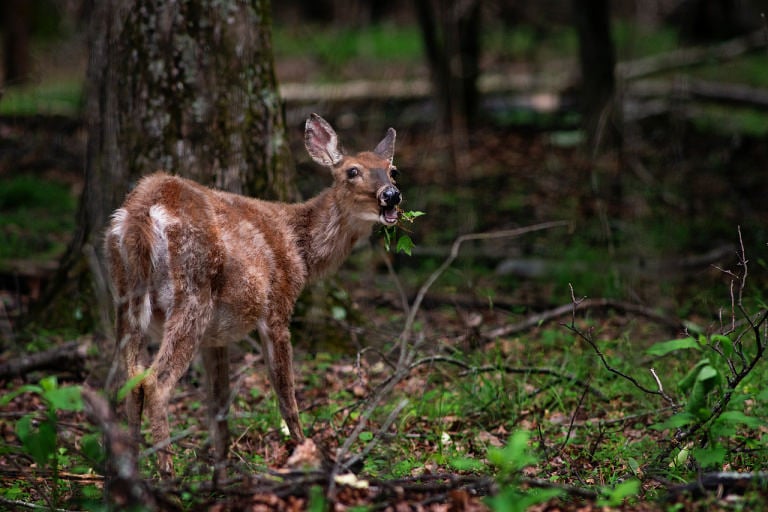
Since I bought this lens primarily for birds (who are not so easily impressed), let’s see how it does. Each photo is captioned with whether or not I had the teleconverter attached. All photos were shot with the aperture set wide-open. All photos were shot handheld.
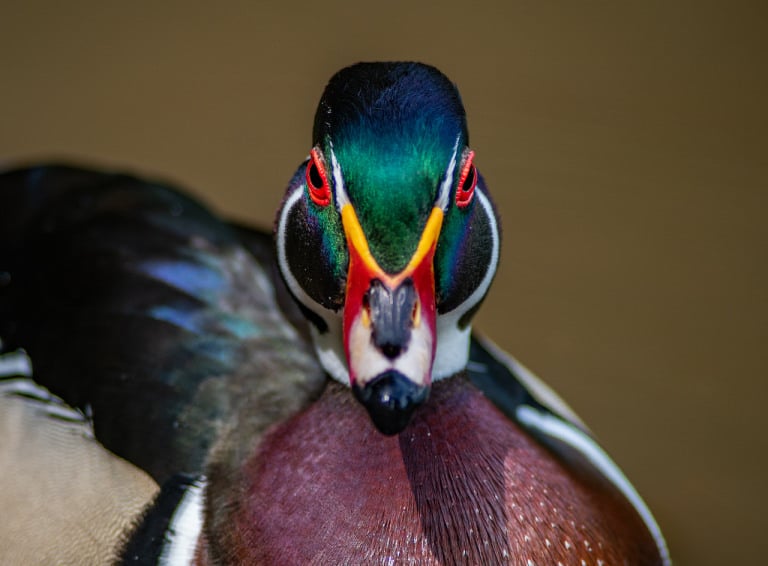
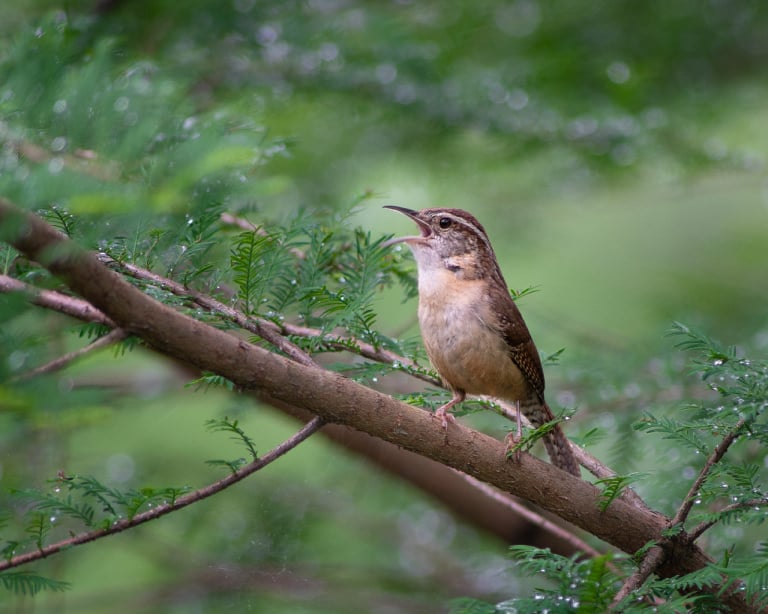
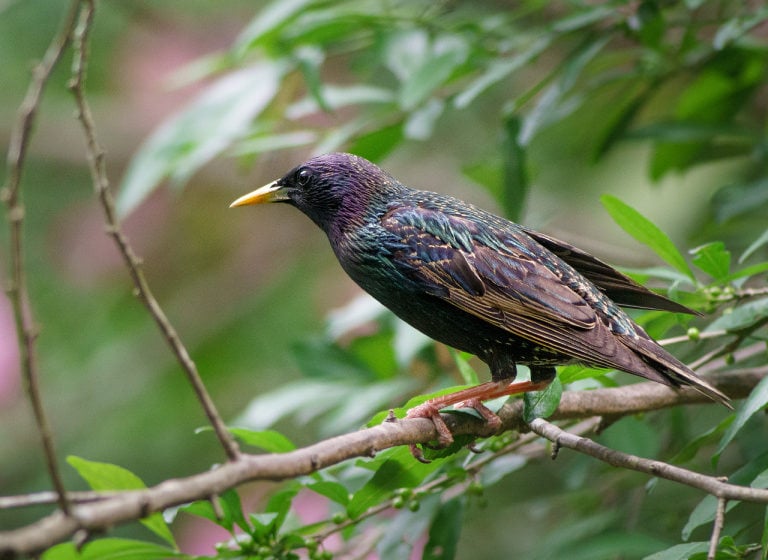
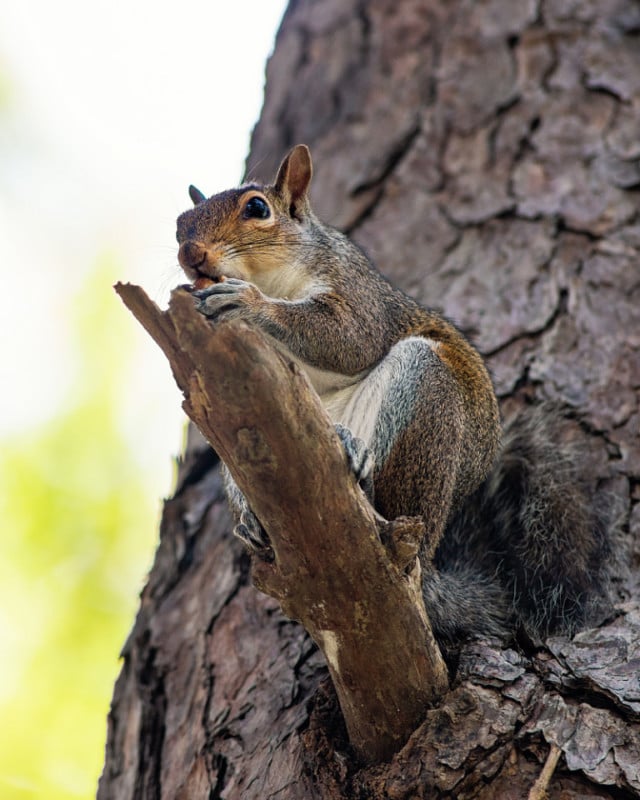
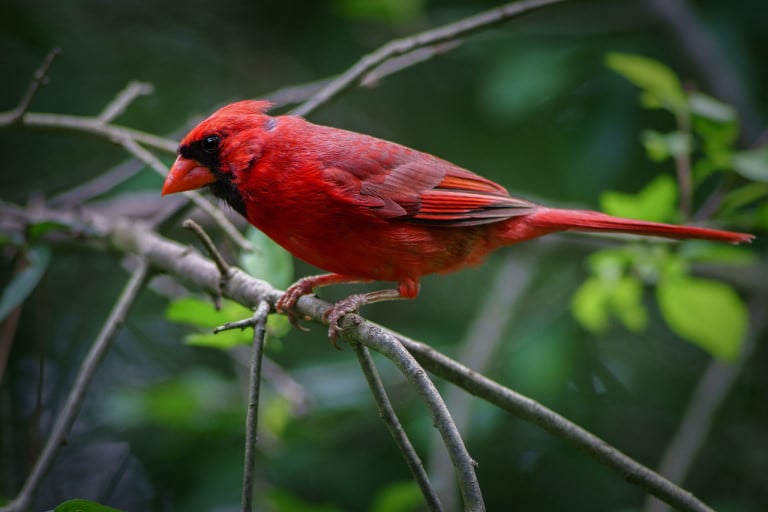
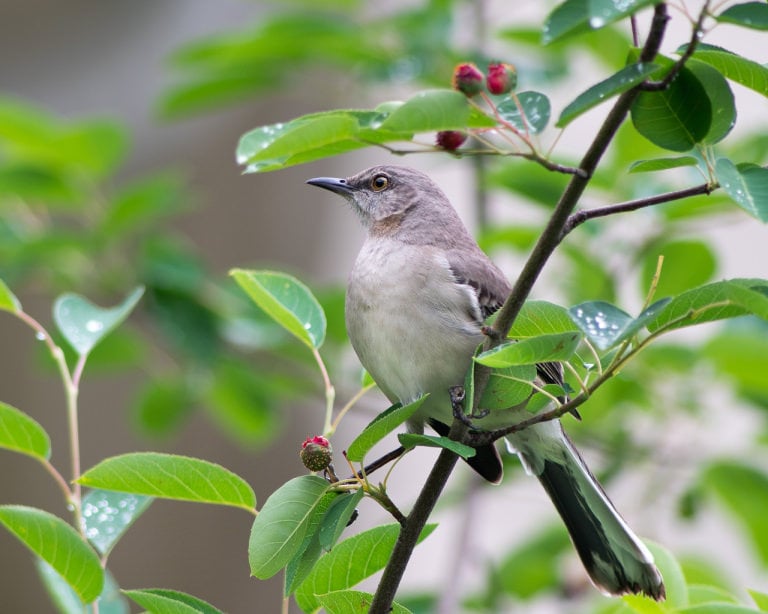
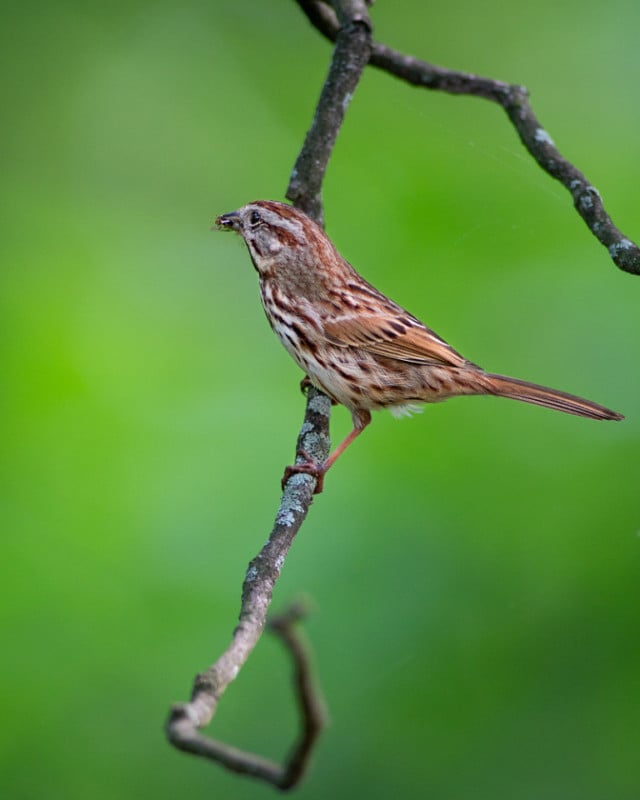
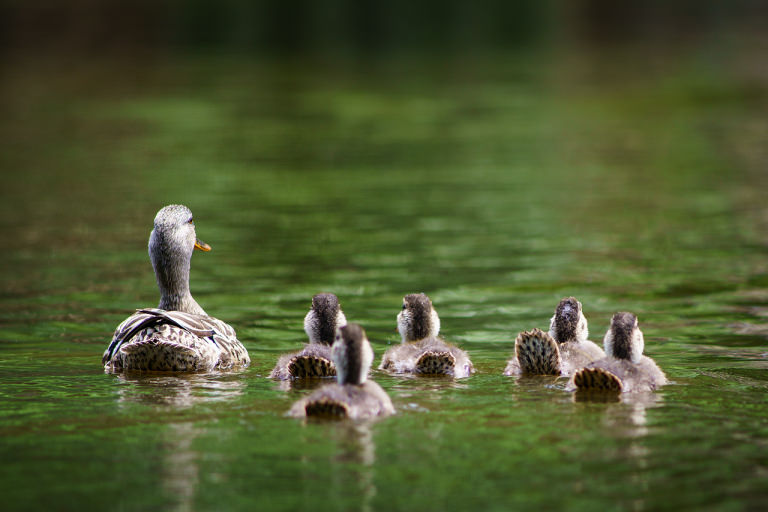
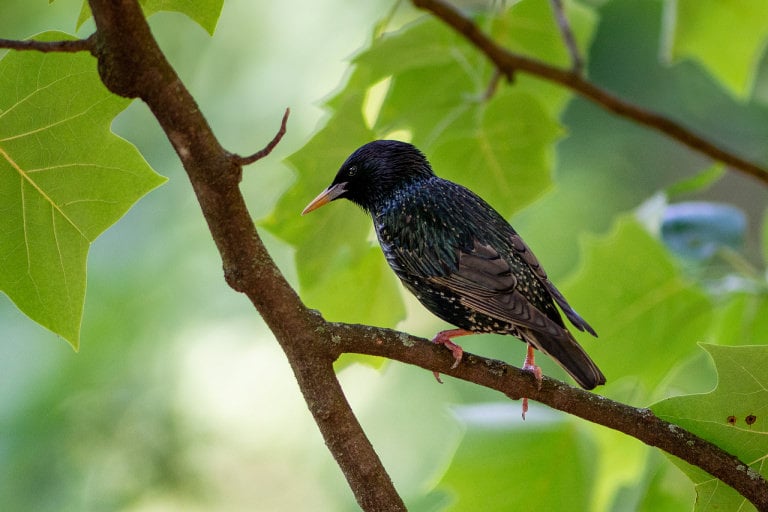
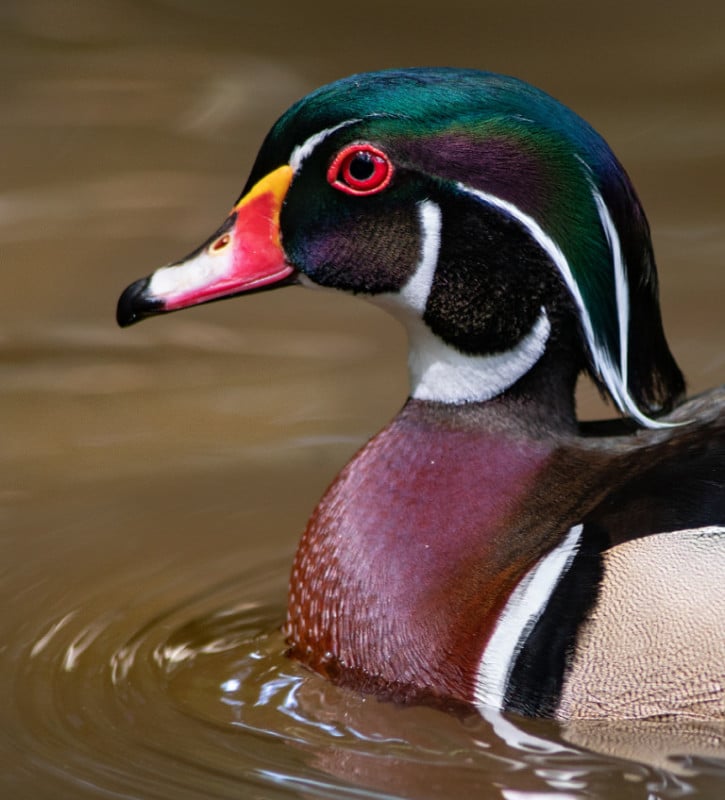
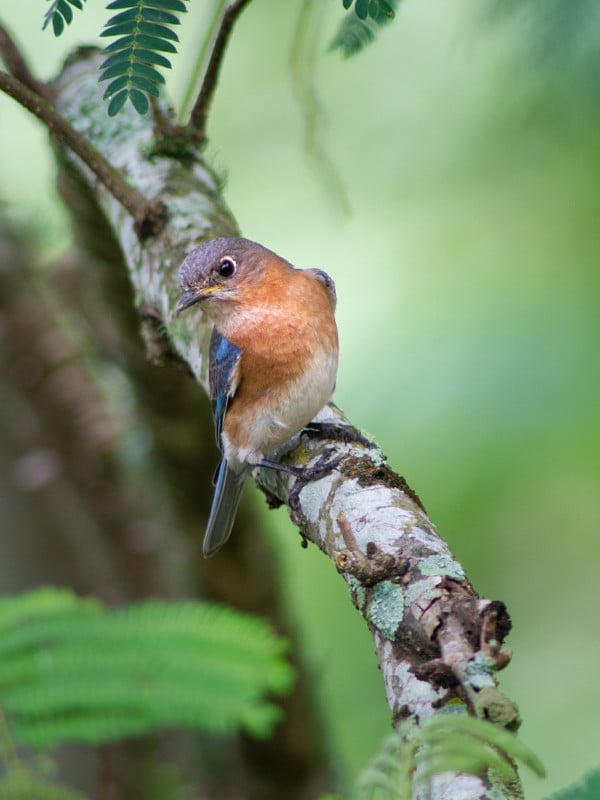
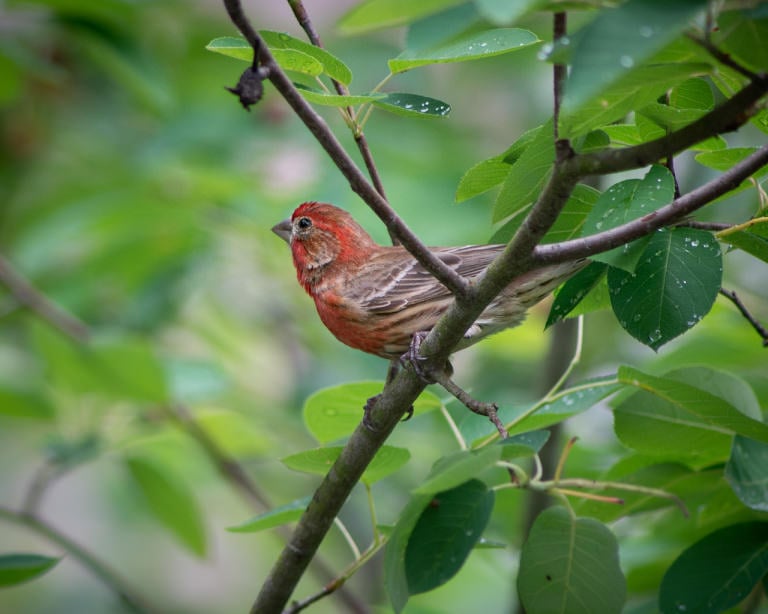
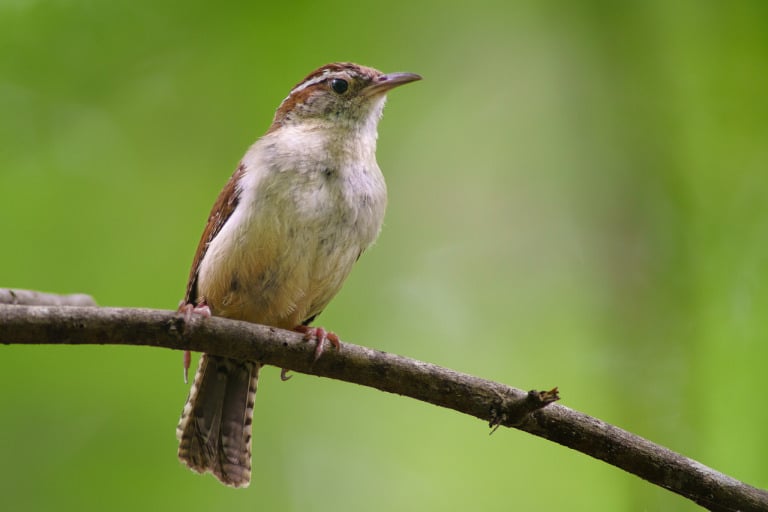
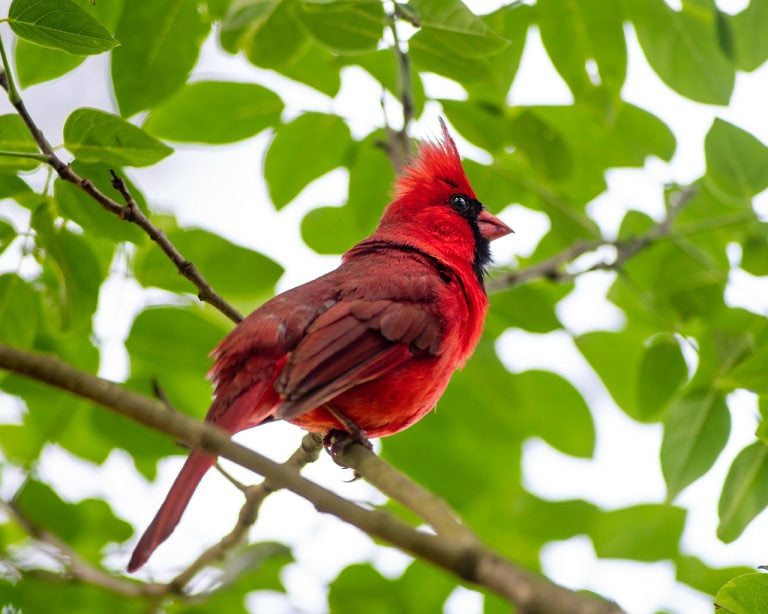
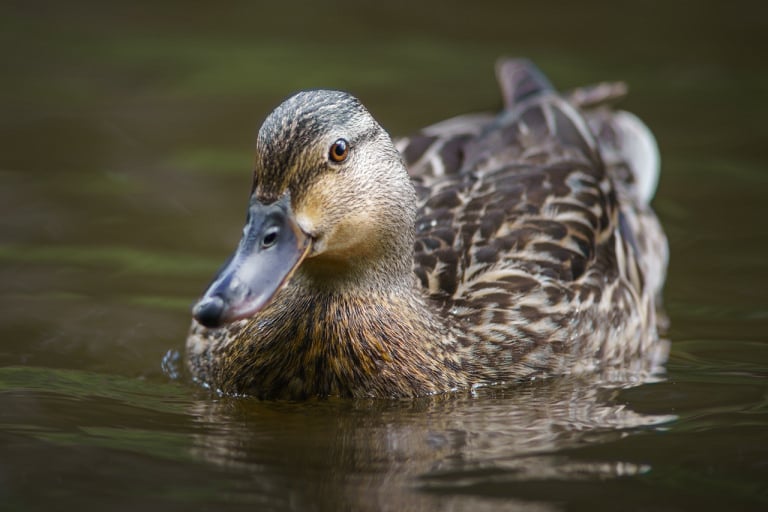
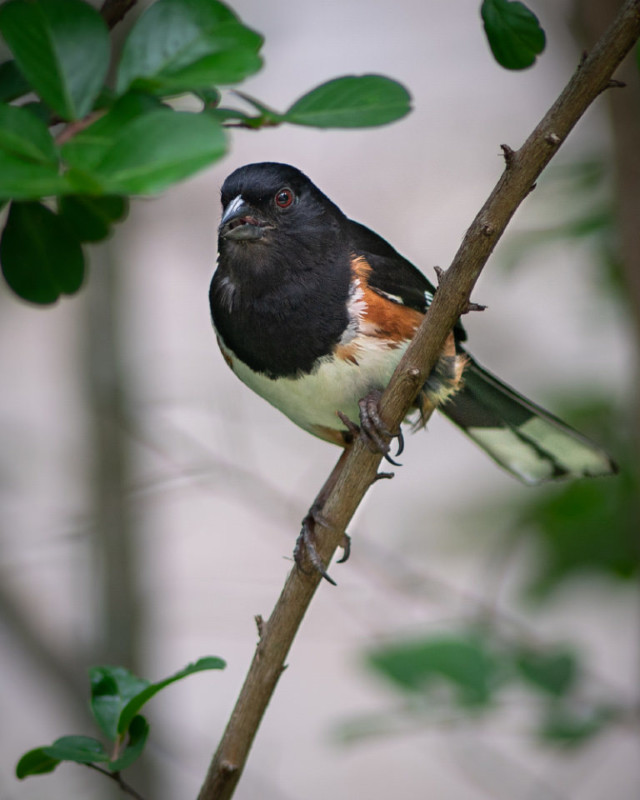
I am mighty impressed by the image quality and reach this lens offers! Even with the teleconverter attached, I see no appreciable degrade in sharpness, contrast or color. After all these years of trying to get bird photos with 200mm, 300mm, and even 400mm outfits, I’ve never tasted as much success as with this 500/700mm Nikon setup.
I’ve been amazed at how much more relaxed the birds are with a more comfortable distance between us and in turn how much more enjoyment I get out of the experience. This has definitely been a worthwhile pursuit, getting into the ultra-telephoto focal lengths.
Really, the only negative comment I might add here is that I wish the lens’ tripod foot was a smidge bigger for using as a handhold and handle.
I won’t get into all the boring minutia of specs and lens construction as it can be found elsewhere on the Web. To that end, I will say that if you’ve got a 2nd or 3rd Generation Sony mirrorless camera and you’re interested in a killer, manual focus wildlife lens for it, I highly recommend this Nikon.
My daughter, Eliya, has been a huge help to me in identifying each of these birds. It’s great to have her help and to see her so fascinated by the world around her. I have a feeling she’ll always have an eye and heart for this.
About the author: Tom Leonard is an amateur photographer, engineer, and father of 9. You can read his musings and follow his travels on his blog. This post was also published here.